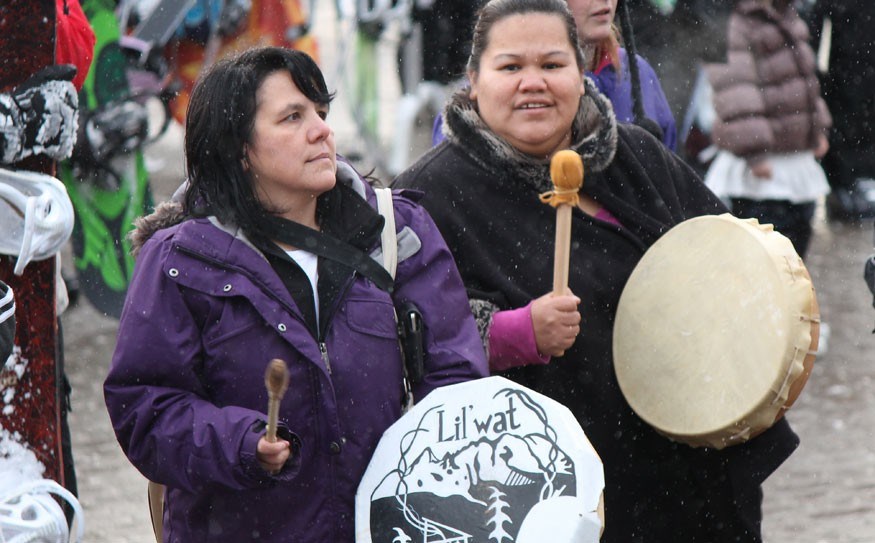The Lil'wat Nation has become a signatory to the federal government's First Nations Land Management Regime (FNLM), a process that will allow it to make decisions on the use of its reserve lands without the need for input from the ministry of aboriginal affairs.
Chief Lucinda Phillips flew to Ottawa and signed the framework agreement on March 25 after the Lil'wat was invited to become a signatory in January.
"We applied to be participants in the First Nation Land Management Act, and after six or eight years we were finally invited to be signatories," Phillips said in an interview.
She called the signing "exciting" for Mount Currie.
"We were contacted by Chief Robert Louie of the Westbank First Nation who is also one of the chiefs that put the First Nations Land Management regime together," Phillips said.
The act was created by the federal government in 1999. First Nations who sign it are granted the authority to create their own laws relating to the use of reserve land, resources and the environment.
Seven other First Nations from across Canada took part in the signing along with the Lil'wat, said Phillips.
Signing the framework agreement is the first step for a First Nation to assume control over its reserve lands, resources and the environment. Under the First Nations Land Management Act, the 34 provisions governing land management in the Canadian Indian Act no longer apply to those First Nations that have ratified land codes.
Phillips said ratification would come through a referendum of community members once chief and council organize a system of bylaws and other procedures.
"What it does is give us a lot more ownership and control over our own reserve land, because it's all about the reserve now," she said.
Signatories can create their own system for making reserve land allotments to individual First Nation members and also have the authority to deal with matrimonial property interests or rights, necessary in the case of marital breakdown.
"We will be going to the people within a year, year-and-a-half to have a referendum vote with regards to this. The people have to support this initiative in order for us to keep moving forward," Phillips said.
"We need to develop bylaws showing what we can and can't do; at the moment we don't have any bylaws and we operate under (Aboriginal Affairs) bylaws."
The chief called it a gradual process.
"You have to have a lot of your ducks in order to get to where we are today. We have our own economic development strategy; we have put together a community land-use plan that was already done together within our reserve," she said.
"It is important because trying to start any type of business within my community or on my reserve is a very prolonged process. For example, if Wal-Mart were to come here, it would take years to get permission through (Aboriginal Affairs). Now we would have our own systems in place if we wanted to lease out the land, what our requirements would be, what we would like to see with regards to leasing out our own land."
The chief said it was too soon to say what impact the new development would have.
"One of the biggest hurdles we have is that we're in a major flood zone. That's our first and foremost fixer-upper, how we're going to deal with the flood zone. Otherwise, if there was a look at developments we'd have to look at IR6 (Indian Reserve 6), where it's not a flood zone, but that's our residential housing. So I think it's too soon to say about what kind of opportunities this would bring."
One in five First Nations communities in Canada are signed on with the act.




